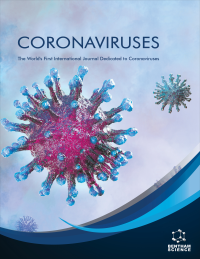-
oa FARMACOVID: Longitudinal Study of the Profile and Management of Drug Interactions in Critically Ill Patients with COVID-19
- Source: Coronaviruses, Volume 6, Issue 2, Jun 2025, E060324227738
-
- 25 Sep 2023
- 11 Jan 2024
- 06 Mar 2024
Abstract
Critically ill patients with COVID-19 have important risk factors for drug–drug interactions.
This study aimed to characterize and describe the profile and management of drug–drug interactions in critically ill patients affected by COVID-19 in a tertiary care hospital in Colombia.
A descriptive retrospective cohort with an exploratory analytical component was used. The medical records of 191 patients were reviewed from August 2020 to February 2021. An initial descriptive analysis was performed, and a bivariate analysis was developed to include variables of significance in a multivariate analysis.
In our cohort of critically ill patients, the following factors were associated with a higher risk of major outcome development: a higher age (p = 0.037), Charlson comorbidity index (CCI) (p = 0.001), Sequential Organ Failure Assessment (SOFA) score (p = 0.001), a greater number of prescribed drugs, number of interactions, and the presence of type-D interactions.
Identifying clinical predictors and types of drug interactions may alter the development of major outcomes such as mortality.


